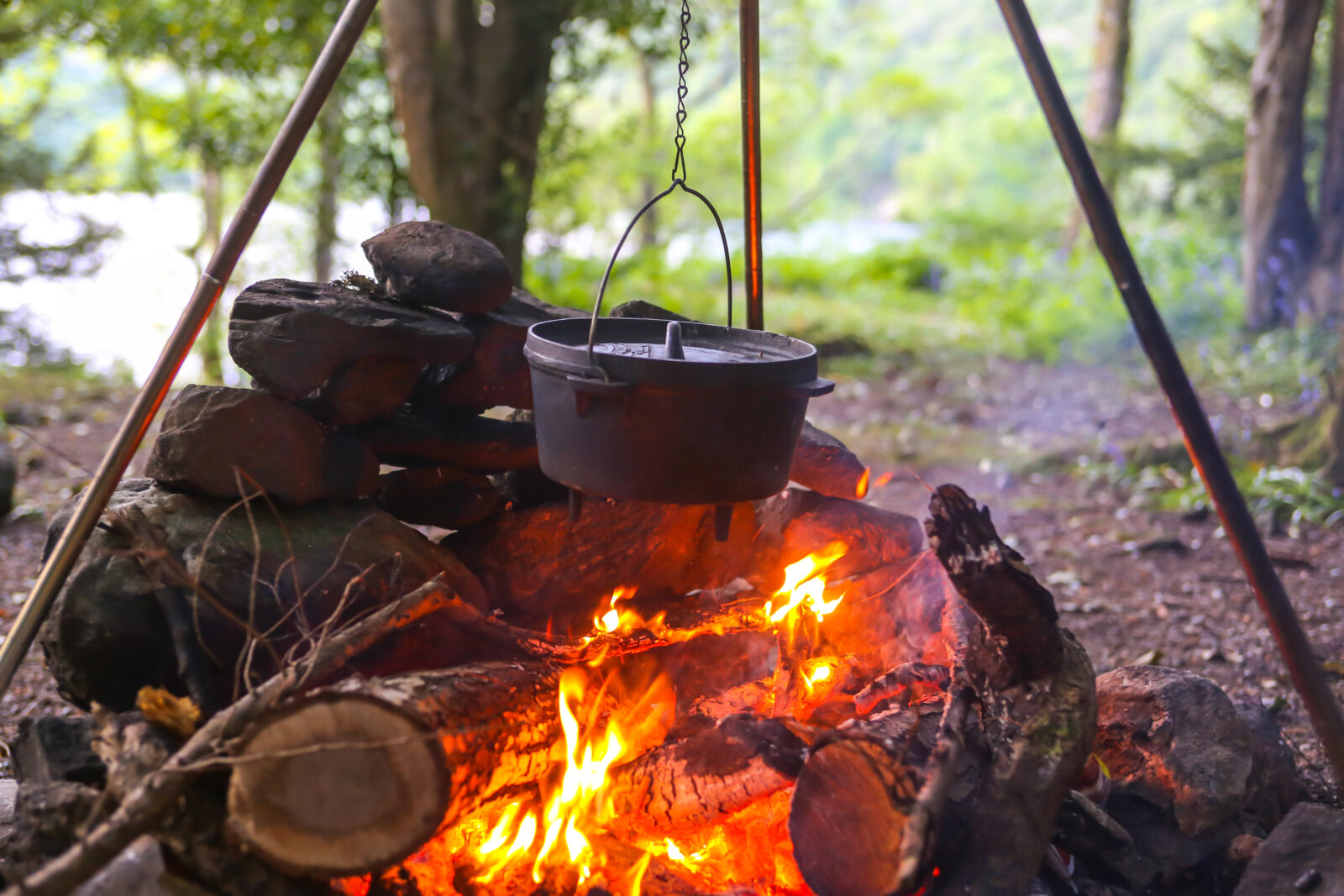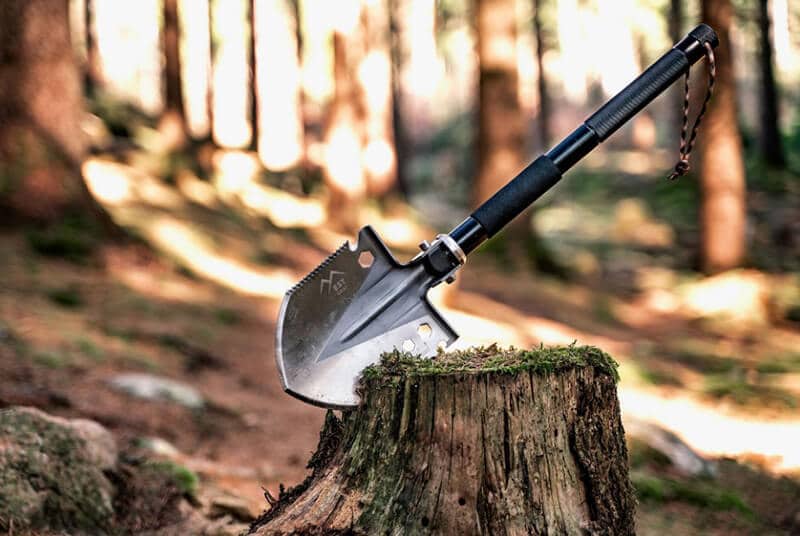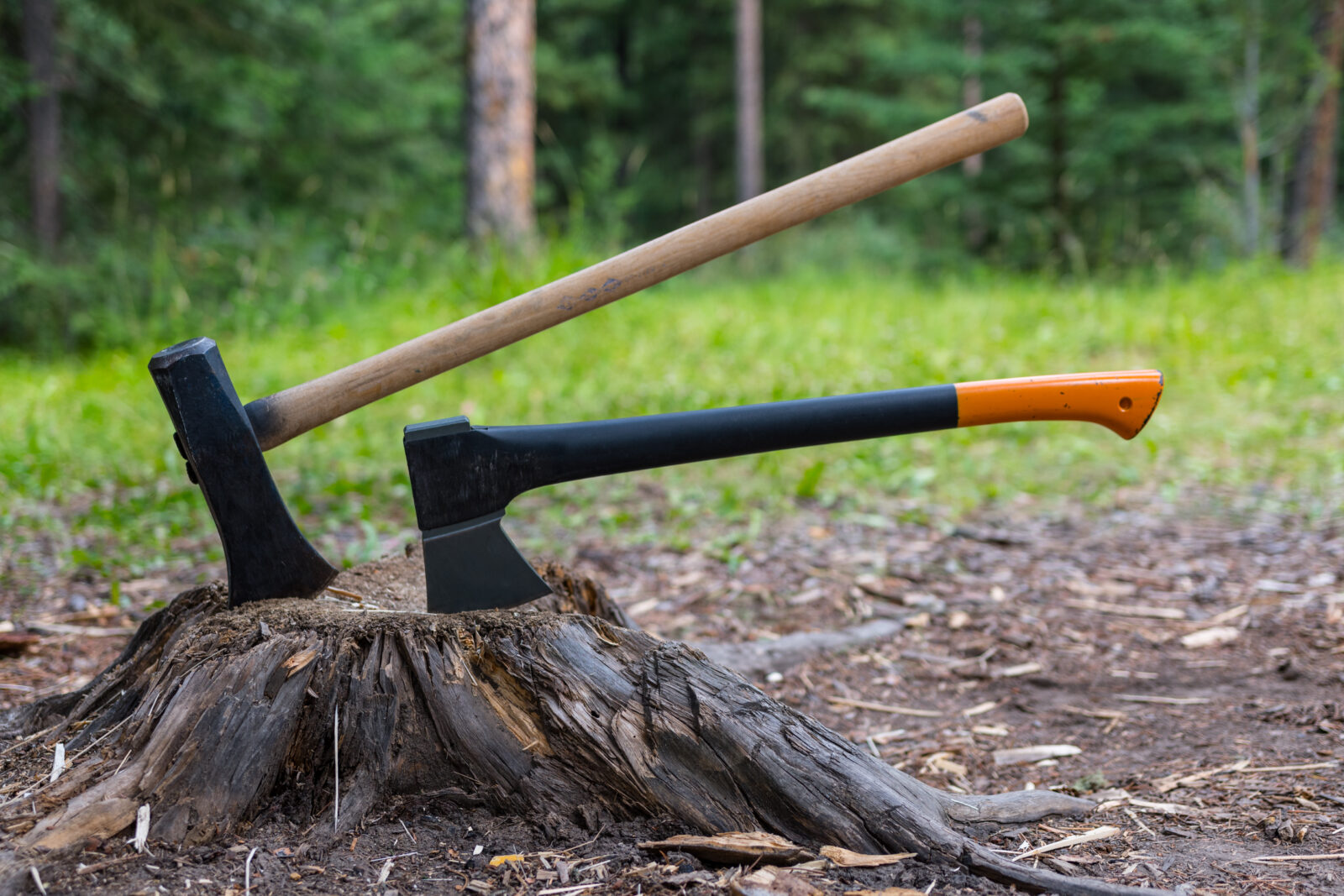Wondering what dispersed camping is and whether it’s right for you?
Good news. You’re in the right place.
In this article, we’ll discuss the ins and outs of dispersed camping so you know what it entails before you head outside.
We’ll even offer up some top tips for choosing a quality dispersed campsite and give you some guidance for making the most of your adventures.
Page Contents
What is dispersed camping?
Dispersed camping is a bit of a catch-all phrase that encompasses any type of camping on public land outside of a formal, designated campground.
Basically, anytime you camp away from a campground, whether that’s in the backcountry or on the side of the road, you are dispersed camping.
Depending on where you are in the world, you may hear people refer to dispersed camping by other names, like wild camping. However, land managers in the United States, such as the National Park Service, the Forest Service, and the BLM, usually use the phrase dispersed camping to refer to any camping that takes place outside of a campground.
Why dispersed camp?
Dispersed camping is a great way to spend your time outdoors, particularly if you’re looking to get off the beaten path.
There are many benefits to dispersed camping, such as :
- Low cost. Perhaps the biggest benefit of dispersed camping is its affordability. Although some land managers require that you get a permit for dispersed camping, these permits are usually quite reasonably priced. Other times, particularly on BLM land, you can dispersed camp for free in one spot for up to 14 days at a time.
- More solitude. Since dispersed camping takes you away from busy campgrounds, it’s the perfect option for folks that are looking for solitude in the mountains. While there are plenty of popular dispersed camping locations, the sheer amount of space you have to camp in makes it possible to avoid others if you’d rather get some peace and quiet in nature.
- Plenty of freedom. Unlike camping in a campground, where you’re required to pitch your 2-person tent in a specific spot, you generally have lots of freedom to choose your tent site while dispersed camping. Of course, there are rules and regulations that you need to follow while dispersed camping, you’re generally free to pick any campsite so long as it’s far enough from water and other ecologically sensitive areas.
Where can I disperse camp?
Dispersed camping is possible in many major parks and forests around the world. In the United States, in particular, dispersed camping is allowed in many national and state parks, national forests, national recreation areas, wildernesses, and even on BLM (Bureau of Land Management) land.
In particular, the BLM is best known for its excellent dispersed camping opportunities because nearly all BLM lands allow you to disperse camp for up to 14 days in a single spot within a 28-day period.
Some of the most popular states for dispersed camping include Colorado, Oregon, Utah, Arizona, and California.
Dispersed camping on US Forest Service land is also generally very straightforward. On Forest Service land, you’re often able to camp anywhere you’d like for up to a week or two at a time, so long as you’re more than one mile (1.6km) from a trailhead, campground, or picnic area. However, some popular National Forests have permit systems that limit the number of dispersed campers that can be in a given region at once.
Finally, we have US National Park Service lands, which, while often open to dispersed camping, tend to have quite a few rules that you need to follow. In general, park service land is the most heavily restricted, so there are many places that don’t allow dispersed camping without a permit.
Some popular parks where you can disperse camp include :
- Canyonlands National Park. The backcountry regions of Canyonlands in The Maze or Island of Sky offer some of the best dispersed camping (permit required) that you can find in a National Park.
- Sequoia and Kings Canyon National Parks. Backcountry permits in Sequoia and Kings Canyon are issued for specific trailheads, but you can then camp wherever you’d like, so long as you’re far from water.
- Joshua Tree National Park. So long as you’re more than one mile (1.6km) from the road and 500ft (150m) from water, you can disperse camp anywhere in Joshua Tree, permit-free.
- Death Valley National Park. In Death Valley, you’re required to obtain a free permit for backpacking or dispersed camping and then you can camp wherever you’d like, so long as it’s more than 100ft (30m) from water.
How to pick the ideal dispersed campsite?
With quite literally an infinite amount of potential dispersed camping locations, picking the ideal dispersed campsite isn’t easy.
So, here are some top tips for selecting the perfect campsite :
Start with a primary destination
Since there are so many different dispersed campsites for you to choose from, you’ll want to start your search by selecting a primary destination. This could be as broad as a park or forest or as specific as a particular section of a wilderness area.
Choosing a destination will then narrow down your options to a manageable list of possibilities that you can choose from based on proximity to water sources, trailheads, and other scenic attractions.
Check local regulations
No one wants to get into trouble with the local land management authorities, so knowing the rules and regulations before you start camping is essential.
Once you narrow down your camping options to a particular area of public land, check with the park or forest rangers to find out where you’re allowed to stay and if you need a permit for your trip.
If you’re really struggling to find a good campsite, many rangers are happy to answer your questions and direct you to a nice spot.
Use an online topographical mapping service to find campsites
Unlike campgrounds, which are fairly easy to find online using a quick Google search, discovering dispersed camping areas isn’t always straightforward.
Therefore, using an online topographical mapping service, like CalTopo, can help you take a deep dive into the specifics of a region’s camping opportunities without the need to buy large numbers of maps.
Using these services allows you to find trails and then check blends of satellite images and topographical maps to see if camping is feasible in a given area.
Assess your campsite when you arrive and have a backup
Sometimes, despite our best efforts, the dispersed campsite that we pick isn’t ideal. For example, you may drive to a location or hike into an area where you think you’ll find a great campsite only to find that it’s either unsuitable for camping or just plain unsafe.
In these situations, taking the time to fully assess your campsite when you arrive to determine that it’s appropriate for your needs is essential. You’ll also want to have backup options camping ready to go if your first choice just doesn’t make the cut.
Read More : How to Pick the Perfect Campsite
What are the must-brings for dispersed camping?
Dispersed camping in wild, remote areas requires being fully self-sufficient and ready to handle any eventuality. As a result, anyone looking to go dispersed camping needs to come prepared with the right gear.
Here are some items you should always have when dispersed camping :
- Tent. Dispersed camping means being far from shelter, so bringing your own tent – whether that’s a 2 person backpacking tent or a 6 person family tent – is critical.
- Sleeping bag. Staying warm at night when you’re dispersed camping can be tricky, which is why you need a sleeping bag with an appropriate temperature rating for your adventures.
- Sleeping pad. In addition to a sleeping bag, you’ll want a sleeping pad that can insulate you from the ground and provide you with plenty of comfort at night.
- First aid kit. Since you’ll be far away from hospitals and medical care while you’re dispersed camping, a first aid kit is a must-bring item should an emergency arise.
- Survival gear. Basic survival gear is essential for any outdoor adventure, just in case things don’t go according to plan.
- Water bottles. Without running water, you’ll need a way to stay hydrated while dispersed camping. That’s where water bottles come into the picture.
- Rain jacket. Unless you happen to be camping in the desert of Zion National Park, a rain jacket is a must for staying dry in inclement weather.
- Headlamp. When it gets dark at night, you’ll need a headlamp to illuminate your campsite.
- Camping cooking gear. When you’re outside, you’ll need to find a way to cook for yourself. This means having a set of camping cooking gear on hand for your outdoor kitchen.
- Camping meals. Food is an important part of any outdoor adventure and dispersed camping is no exception. So be sure to pack enough camping meals for your trip.
Tips for an enjoyable dispersed camping experience
Looking forward to your next dispersed camping trip?
Here are some tips for making the most of your experience :
Understand leave no trace
Dispersed camping is all about getting outside and enjoying the natural world without the distractions of modern life. However, we humans have a major impact on the environment whenever we recreate outside.
So, following Leave No Trace principles during our adventures can help minimize our impact to ensure that our favorite natural places stay beautiful for generations to come.
Have a backcountry hygiene plan
When you’re camping far from running water and flushing toilets, having a plan for staying clean and hygienic is a must. This means coming prepared with biodegradable soap for handwashing, a system for washing your dishes and packing out trash, as well as either a trowel or garbage bags for properly disposing of any human waste.
Check the weather
Mountain weather is notoriously fickle and foul weather can certainly put a damper on your adventures. So, before you head outside, check the weather for your destination. Of course, the weather can change, so don’t count on bluebird skies every day, regardless of what the forecast says.
But, if the forecast shows that a big storm is likely during your trip, consider rescheduling for another time or choosing a different camping area, instead.
Know basic wilderness first aid
If you’re going dispersed camping, chances are pretty darn high that you’ll be far from a hospital and other emergency services during your trip.
Therefore, having a fundamental knowledge of basic wilderness first aid (and having a first aid kit) can make a big difference when things don’t go according to plan.
Learn backcountry navigation skills
Even if you plan to stick to well-established trails during your camping trip, anyone going dispersed camping should be fairly confident in their backcountry navigation skills.
Trails are known to appear and disappear with little notice in many remote areas, so being able to navigate even when you wander off the beaten path is a must.
Always have a backup plan
We’ve said this before, but it’s so important that we’ll mention it again.
Always have a backup plan when dispersed camping!
Land managers can change their rules with relatively little notice, popular dispersed camping locations can get busy quickly on summer weekends, and permit quotas can max out and leave you without a place to stay for the night.
Moreover, the weather can always wreak havoc on your intended plans, so having a second option is always helpful.
Our advice?
If you’re planning on camping in a national park or national forest, particularly in the western US, there’s usually BLM land nearby that makes for a great backup plan.
Gaby Pilson
Gaby is a professional mountain guide with a master’s degree in outdoor education. She works primarily in the polar regions as an expedition guide, though she can be found hiking, climbing, skiing, sailing, or paddling in some of the world’s most amazing places when not at work.


